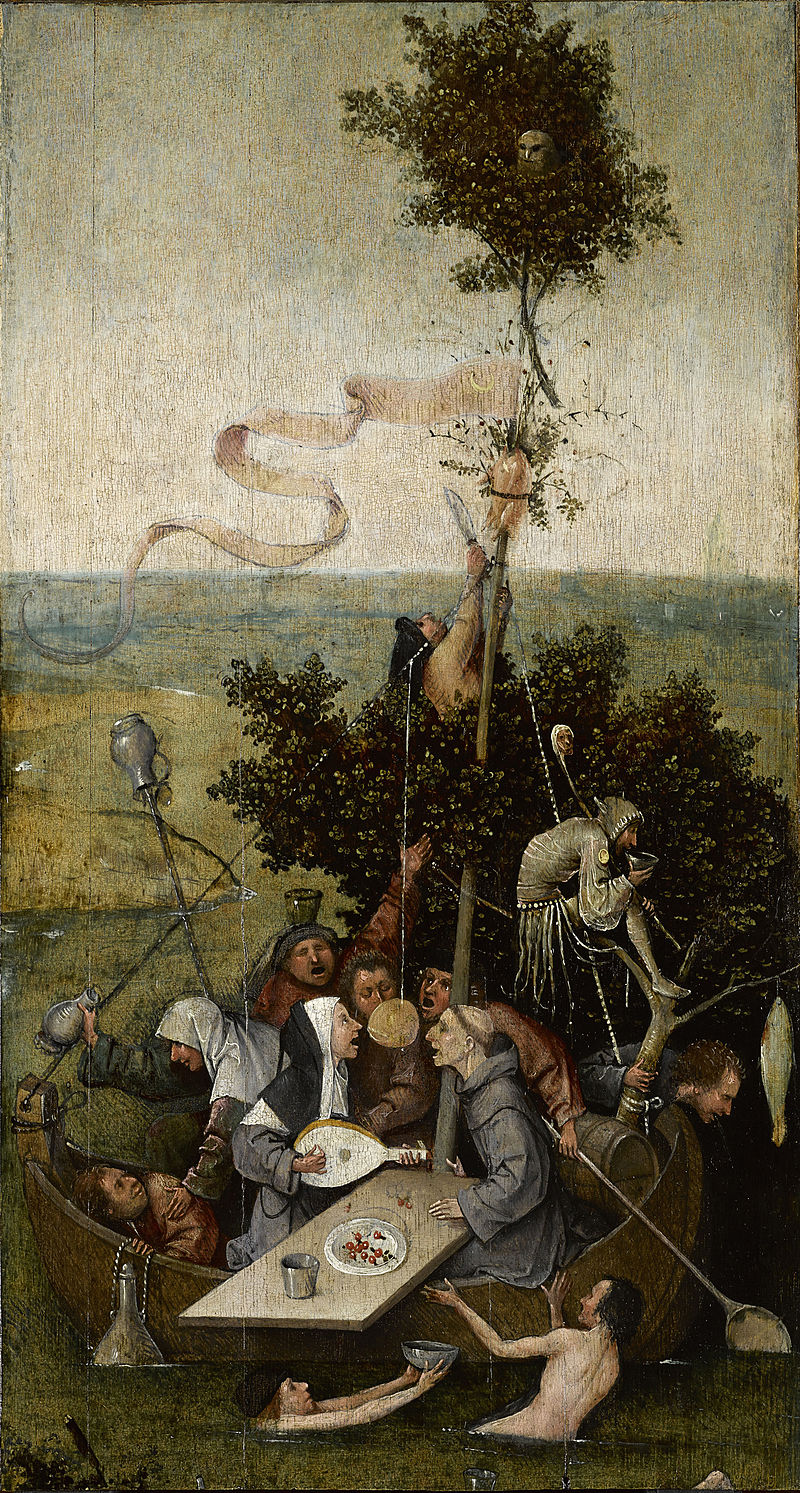500 years have passed since the death of a painter who raised more questions and mysteries like no other: Hieronymus Bosch, a painter who achieved to portray the most sinful and unclean aspects of the human being.
His characteristic, striking style and the use of contrasting and bold colours brought him great fame. He worked with the “alla prima” technique applying brushstroke by brushstroke on the wet layer beneath (wet-on-wet). Still, most experts who had the pleasure of analysing his works agree that a meticulous and precise thinking process preceded the execution of his painting.
At the time his paintings came into existence, religious and ideological tension were the order of the day during the transition from the Late Middle Ages to the Renaissance. His paintings, triptychs etc. reflect neo-platonic schools of thought, corruption of the clergy and heretical sects among others.
In the 16th century, he was called the “inventor of comic monsters” and in the 19th century even as “the humorous” (“Der Lustige”). He enjoyed great popularity among the aristocracy all over Europe; many collected his works of art because they found his paintings with the extremely grotesque human landscapes amusing. Philip II who possessed a vast collection of the painter’s work admired his ability to paint the human beings as they are. Even today, many musical artists are inspired by his pictures for their album covers (like Deep Purple).
Many experts tried to find the meaning of his paintings, ranging from psychologists to theologians, but with little success because to this day various enigmas surrounding Bosch are not yet resolved.
Here, we want to share with you some of his most famous works:
The Garden of Earthly Delights (Museo del Prado, Madrid, Spain)
The Ship of Fools (Musée du Louvre, Paris, France)
Ecce homo (Städel Museum, Frankfurt, Germany)
Undoubtedly, no other artist achieved to copy his so characteristic and personal style, but still we can discover a slight influence on Goya and his dark coloured paintings.
If you are in Madrid or are planning a trip to the Spanish capital, do not hesitate to visit the Museo del Prado where you can see a special exhibition on occasion of the 5th centenary of his death until 11th of September. It surely is a very good plan to enjoy these extraordinary works of art.
If you have already been at the exhibition, feel free to share your experience with us.





 No products in the cart.
No products in the cart. 
